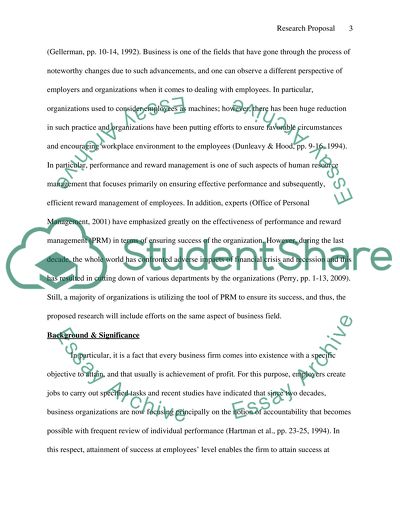Cite this document
(“An identification of factors affecting performance and reward Dissertation”, n.d.)
Retrieved from https://studentshare.org/gender-sexual-studies/1420986-an-identification-of-factors-affecting-performance
Retrieved from https://studentshare.org/gender-sexual-studies/1420986-an-identification-of-factors-affecting-performance
(An Identification of Factors Affecting Performance and Reward Dissertation)
https://studentshare.org/gender-sexual-studies/1420986-an-identification-of-factors-affecting-performance.
https://studentshare.org/gender-sexual-studies/1420986-an-identification-of-factors-affecting-performance.
“An Identification of Factors Affecting Performance and Reward Dissertation”, n.d. https://studentshare.org/gender-sexual-studies/1420986-an-identification-of-factors-affecting-performance.


